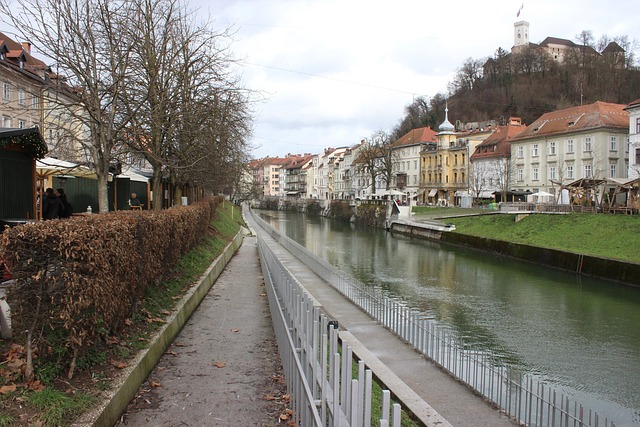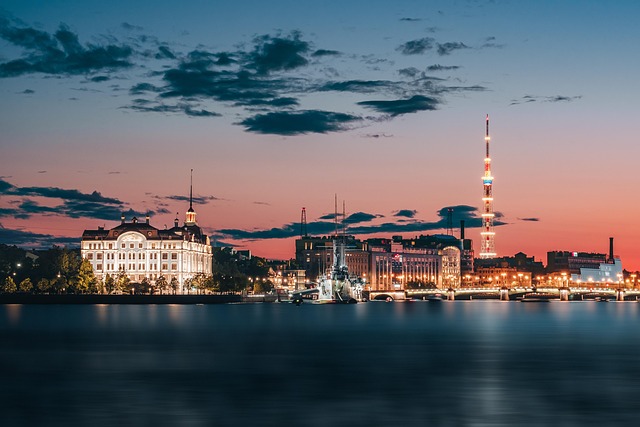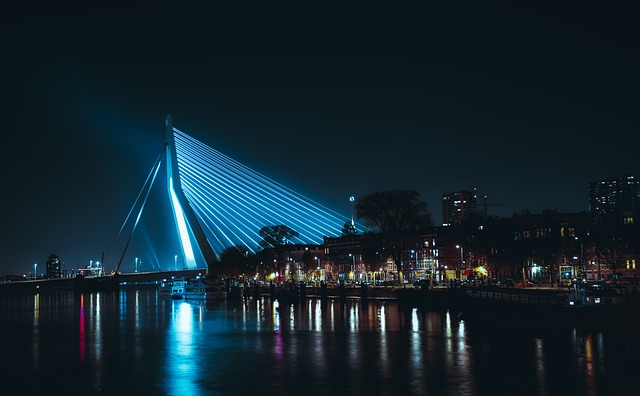Karachi, Pakistan's largest city, struggles with severe noise pollution due to rapid urbanization and industrial growth, exacerbated by inadequate noise control regulations. This issue negatively impacts residents' quality of life, causing health issues and hindering community engagement. Local authorities and environmental organizations are collaborating to mitigate noise pollution through stringent regulations, sound measurements, community involvement, and educational campaigns. The goal is to align with WHO guidelines, create a peaceful urban environment, and prioritize citizens' well-being, transforming Karachi into a sustainable and quieter metropolis, starting with initiatives in dense areas like Mehmoodabad.
In Karachi, understanding noise pollution is crucial for the well-being of its residents, especially in areas like Mehmoodabad. This article delves into the impact of varying noise levels on the community, examining how they affect daily life and health. We explore the primary sources of noise in Mehmoodabad and evaluate current regulations aimed at noise control. Additionally, we propose strategies to foster a quieter and healthier environment for the benefit of all Karachi residents.
- Understanding Noise Pollution in Karachi: A Brief Overview
- Impact of Noise Levels on Mehmoodabad Residents
- Major Sources of Noise in the Area
- Current Efforts and Regulations to Control Noise
- Strategies for a Quieter and Healthier Mehmoodabad Community
Understanding Noise Pollution in Karachi: A Brief Overview

Karachi, as Pakistan’s largest city and a bustling metropolis, faces unique challenges when it comes to noise pollution. The vibrant yet chaotic urban landscape is a symphony of sounds, from the hustle and bustle of traffic on bustling streets to the constant hum of factories and construction sites. This cacophony can have significant impacts on residents’ quality of life, leading to stress, sleep disturbances, and even long-term health issues.
Noise pollution in Karachi is exacerbated by several factors. The city’s rapid urbanization has led to dense populations and increased industrial activity, both contributing to higher noise levels. Additionally, the lack of stringent noise control regulations and their enforcement makes it difficult to mitigate these problems. However, awareness is growing, and there are efforts to address this issue, including initiatives to introduce quieter technologies and promote sustainable urban planning practices in Karachi.
Impact of Noise Levels on Mehmoodabad Residents

The noise levels in Mehmoodabad, Karachi, significantly impact the quality of life for residents. Prolonged exposure to elevated noises can lead to various health issues such as stress, anxiety, and even hearing loss. The bustling streets, crowded markets, and nearby industrial areas contribute to a constant cacophony that can be overwhelming for many. This ambient noise not only disrupts peaceful sleep patterns but also hinders concentration, making it challenging for students and professionals alike to perform at their best.
Moreover, high noise levels can foster a sense of isolation and community disengagement. Residents may find it difficult to engage in outdoor activities or socialize without being distracted by excessive noise. This negatively affects the social fabric of the neighborhood, especially for children who require quieter spaces for play and learning. The constant din also impacts pets, causing stress and potentially leading to behavioral issues. Understanding these effects is crucial in devising strategies to mitigate noise pollution, ensuring a healthier and more harmonious environment for Mehmoodabad’s residents.
Major Sources of Noise in the Area

In the bustling metropolis of Karachi, Mehmoodabad stands out as an area where noise levels have become a significant concern for residents. The major sources of noise in this vibrant community include heavy traffic on crowded streets, construction activities, and busy markets. The constant hum of vehicles, loud construction machinery, and lively market chatter create a symphony of sounds that can often overwhelm local inhabitants.
These noise sources are exacerbated by the dense population density and lack of effective noise pollution control measures. Traffic congestion, especially during peak hours, contributes significantly to elevated sound levels. Moreover, ongoing construction projects in the area amplify the problem, as heavy equipment operates without adequate sound barriers or regulations. The bustling markets, known for their lively atmosphere, also add to the cacophony, making it challenging for residents to enjoy a peaceful environment within their own homes.
Current Efforts and Regulations to Control Noise

In Karachi, including areas like Mehmoodabad, current efforts to control noise levels are being spearheaded by local authorities and environmental organizations. These initiatives include stringent noise pollution control regulations, regularly updated to ensure compliance with World Health Organization (WHO) guidelines. Regular sound measurements are conducted in residential, commercial, and industrial zones to monitor noise levels, especially during peak hours. Fines and penalties are imposed on offenders who exceed permitted decibel limits, encouraging adherence to the rules.
Community involvement is also a key aspect of these efforts. Educational campaigns aimed at raising awareness about the impact of excessive noise pollution have been launched. These programs target both residents and businesses, promoting best practices such as using sound-absorbing materials, maintaining equipment, and organizing events during quieter hours. The collective goal is to create a peaceful urban environment that prioritizes the well-being of all citizens, in line with Karachi’s commitment to sustainable development.
Strategies for a Quieter and Healthier Mehmoodabad Community

To foster a quieter and healthier community in Mehmoodabad, Karachi, residents can collectively embrace several strategies. One effective approach is to promote stricter noise regulations and ensure their enforcement. This could involve organizing community meetings to raise awareness about the impact of excessive noise on mental health and sleep patterns. By encouraging neighbors to maintain peaceful environments, especially during specific hours, the overall ambiance can improve significantly.
Additionally, the implementation of green spaces and sound-absorbing infrastructure can play a pivotal role. Planting more trees and developing parks can naturally reduce noise levels while providing recreational areas for residents. Buildings designed with acoustic considerations, such as double-glazed windows and insulated walls, can also contribute to quieter neighborhoods. These steps, when adopted collectively, have the potential to transform Mehmoodabad into a serene and healthy living environment for all its inhabitants.
The noise levels in Mehmoodabad, Karachi, highlight an urgent need for comprehensive noise management strategies. By identifying major sources of pollution, understanding its impact on residents, and adopting current regulations, the community can strive for a quieter and healthier future. Collaborative efforts between locals, authorities, and stakeholders are essential to mitigating noise pollution, ensuring better living conditions, and enhancing the overall quality of life in this vibrant city.





Leave a Reply